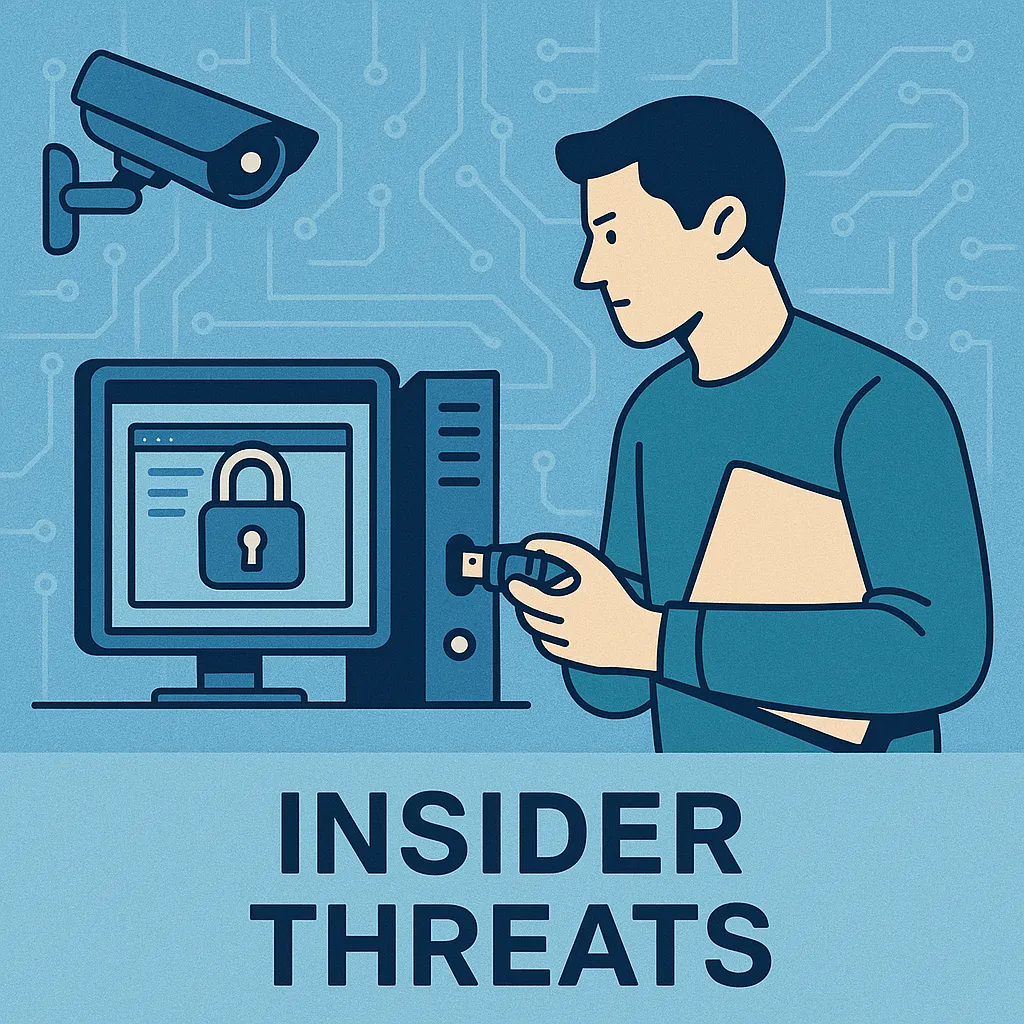Behind Closed Doors: Navigating the Hidden Dangers of Insider Threats in Cybersecurity
Imagine you're safeguarding a fortress, meticulously monitoring every approach, yet the danger lurks within, carried by someone you trust. Insider threats in cybersecurity mirror this scenario, where the menace comes not from external hackers, but from within an organization itself. This post explores the sophisticated realm of insider threats, strategies for mitigation, and the essential steps organizations must adopt to shield themselves.
What is an Insider Threat?
An insider threat is defined as a potential harm that comes from individuals within the organization—be it employees, former staff, contractors, or business partners—who have inside information concerning the organization’s security practices, data, and computer systems. The threat they pose is potent because they have access to sensitive information and privileged accounts (CISA).
Categories of Insider Threats
Insider threats can be segmented into three main categories:
- Malignant Insiders: Those who intentionally misuse their access to inflict harm.
- Negligent Insiders: Employees who unintentionally cause damage through careless behavior or lack of awareness.
- Exploited Insiders: Individuals whose access credentials are compromised without their knowledge.
Real-World Incidences and Impact
Historically, notorious examples include Edward Snowden and Chelsea Manning, both of whom leaked vast amounts of classified data, showcasing how devastating insider threats can be. Financially, insider threats can cause significant monetary losses. For instance, according to the Ponemon Institute, the average annual cost of insider threats globally is $11.45 million in 2020 (Wikipedia).
Strategies for Mitigating Insider Threats
To combat these risks, organizations must deploy a holistic approach that integrates physical security, cybersecurity, and personnel policies. Effective strategies include:
- Comprehensive background checks.
- Rigorous access control and surveillance.
- Regular security training and awareness programs.
- Implementation of data loss prevention technologies.
- Behavior analytics tools to detect abnormal access patterns or behaviors.
Conclusion
Understanding and mitigating insider threats is crucial for safeguarding an organization's integrity and operational continuity. Awareness and proactive security measures are key in transforming potential vulnerabilities into fortified defenses against internal risks.
